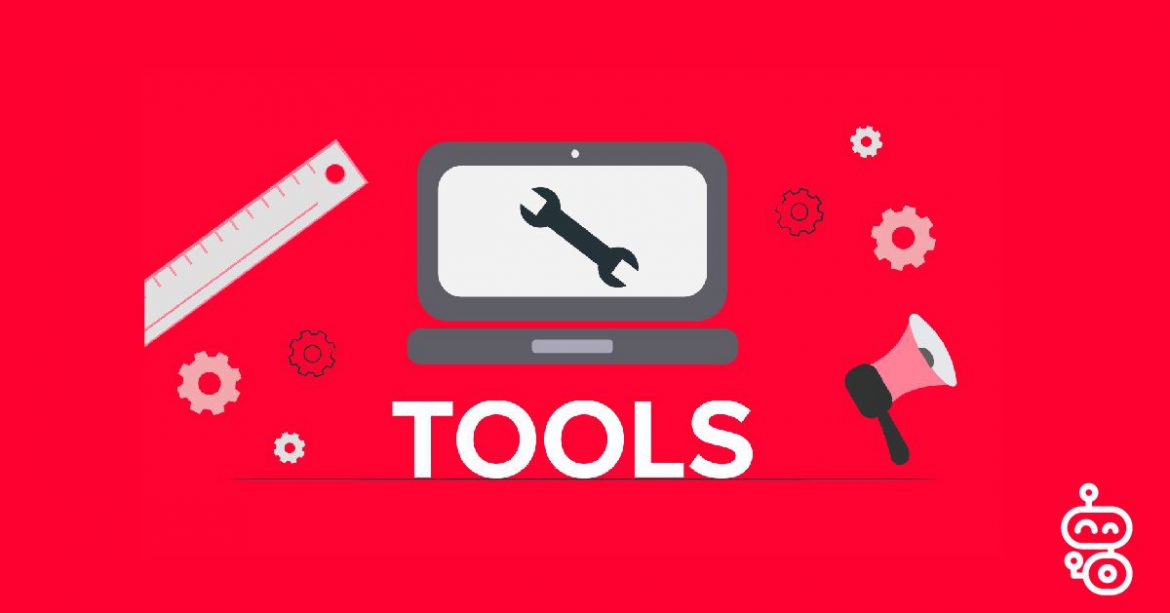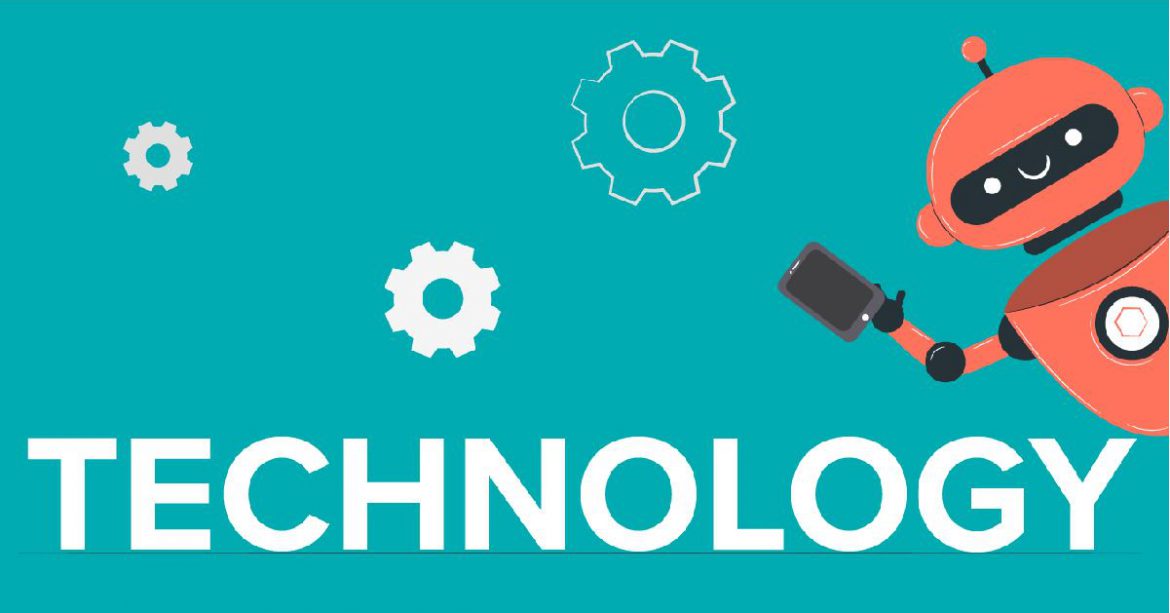Robotic Marketer Blog Posts from November 2020
Why You Are Likely To Succeed With A Marketing Strategy
As business owners move forward into 2021, many are considering the changes that need to be made to their marketing strategy for success in the New Year following the countless challenges of 2020. As the core channel through which businesses communicate their value with potential customers and ...
How To Know If Your Marketing And Sales Teams Aren’t Aligned
Source: Marketing Eye Atlanta Sales enablement is the practice of aligning your sales and marketing efforts to generate leads and convert them to sales. While both departments have similar goals, they each take a different method to accomplish these goals. Companies that experience misalignment ...
3 Tools to Measure Brand Awareness and Why You Should
Source: Jeff Bullas Every brand wishes to become famous. Well, every entrepreneur, business owner, and marketer wishes for its brand to become famous. But as you might guess, popularity doesn’t happen overnight. Not for brands. They don’t wake up famous; instead, slowly and steadily, they grow ...
How To Use Digital Marketing To Win More Deals
In recent years, the number of digital marketing tools available has increased tremendously, making digital marketing an especially powerful tool for businesses to convert leads and connect with clients. As an inherent part of the ever-changing digital marketing landscape, adapting to new ...
The Ultimate Marketing Technology Stack for 2021
The incredible growth of marketing technology cannot be understated. We have seen from Gartner’s 2018-2019 study that marketing technology or “martech” is increasingly becoming a focal point of most businesses marketing budgets, accounting for roughly 29 percent of marketing expenditures on ...
How Google Analytics has changed
Google Analytics is a powerful free and paid web analytics tool for businesses to track their web or app performance. Launched on November 15, 2005, following the acquisition of Urchin Software, Google Analytics has changed significantly in the last 15 years. Google Analytics started with the ...









